

  |
A Look Into The Past - Part I |
|||
| * | |||
|
|||
| * | |||
~Local Interest~ |
|||
| * | |||
|
|||
James John |
|||
|
|||
(1809 - 1886) |
|||
The Mysterious James John James "Jimmy" John was 36 years old when in the winter of 1845-1846 he moved from Linnton to an area across the Willamette River, a few miles upstream, known as the Peninsula. In 1852 he plotted St. Johns on the Willamette, a small 4 block by 2 1/2 tract of property following the waterfront . From that small beginning two additions were to follow as the years went by. John sold off some of his plots of land to others, onto which small houses were built. John in his later years was not generally well-liked and had few friends. As time went on John became more of a recluse. Keeping to himself and adopting a hermits lifestyle. John did leave behind a few diaries but most of what is known about him was gathered when he was in his 70's. By then there was evidence he was becoming senile. He loved children. He loved being around them and to talk with them, but he didn't tell them his stories. He had so many stories he could have shared. Whether by intention or accident John didn't help historians piece his life together. He was a man of mystery. He didn't talk about himself. He rarely left his own property. When he died at age 77 people didn't know what to make of the old geezer. A ragged man with a dwarfish stature and a large head. All John wanted to talk about was the future, not the past. He spoke of a great city on the Willamette. And he didn't mean Portland or Canby. As easy as it was for him to get along with children he had difficulty communicating with adults. He had difficulty expressing his forward-thinking ideas with them. This in spite of being quite humorous and very literate. At the time of his death he had an extensive library. No one seems to know what ever became of it. Another mystery. |
|||||||||||||||||||||||||
| St. Johns on the Willamette St. Johns is one of the oldest cities on the Wilamette River. Its sister city, Linnton, is six months older than Portland. James "Jimmy" John, the founder of St. Johns, was originally a developer and promoter of Linnton. John in anticipation of a population decline, had already moved to the east bank of the Willamette when Linnton became totally abandoned during the great gold rush to California in 1848. John took up a provisional land claim on May 25, 1846, opposite Linnton, but a few miles further south and on higher ground where there had once been a large Indian encampment. This is the same location where William Clark, of Lewis and Clark fame, camped on his return from Waud's Bluff to the main body of the expedition. By moving to the east side of the river John joined others on the Peninsula. Such men as James Loomis, Dr. William Caples, Daniel S. Southmayd, Sr., William Gatton, James Bybee, Fred Ramsey, Cuthbert Stump, Sr., Captain John Ward (Waud), and Henry Much (Mock), father of John Moch. They all became permanent residents with the exception of Stump who soon sold out and moved to Scappoose Many descendants of Caples and Gatton stayed in the general area. Southmayd's youngest son, Starr Southmayd, moved to Sherwood with his mother and stepfather but returned to St. Johns in 1904. The original townsite was only four bocks along the waterfront and 2 1/2 blocks in depth, bound on the north by Burlington Avenue and on south by Richmond Avenue. It was platted on Oct. 7, 1852 and aptly entitled "St. Johns on the Willamette." It was here, just before the Civil War, that Benjamin O. Severance, as owner, and his son-in-law, Albert L. Learned, as superintendent, began operating the Oregon Barrel Co., the largest manufacturing plant in the metropolitan Portland area. Cottonwood abounded along the local sloughs and when barrels were no longer used for shipment of sugar, the plant turned to the manufacturing of wooden wash tubs, chair rungs, and contemporary wood products. This was the first industry to locate in St. Johns. During the same period John was operating a ferry and general store at the base of Burlington Avenue on the north side of the street, adjacent to the platted town. It is believed that the store was built at the the same time the first brick store was built in Portland in 1853. He also built a brick house in the same locale at a later date. It is here that he died in 1886. When St. Johns was finally incorporated as a city in 1903, the Portland Manufacturing Co., A.B. Douglass & Sons Planning Mill, M.B. Rankin's (electrical) sawmill and the Port of Portland's dry dock were already established industries. The fledgling city needed a newspaper to handle it's legal notices and the St. Johns Review came into existence on Nov. 11, 1904, for just that purpose. A second newspaper, the Peninsula Herald, competed for subscriptions and advertisers for a short period of time, but there wasn't enough business to go around and the enterprise collapsed. The St. Johns Review is the oldest continuously published community newspaper in Portland. The community, like the City of Portland itself, grew rapidly in 1906 after the Lewis and Clark Exposition, but it soon settled down to a more gradual and orderly growth pattern. The Portland Woolen Mills, which was burned out of it's Sellwood location, re-established itself in St. Johns in 1904 on property furnished by the city council. It was the largest mill west of Cleveland and added a stabilizing influence to the community. It never shut down once during the Depression and there were no layoffs. St. Johns became a "boom town" during both world wars by rapid industrial growth. Some residential expansion, to a lesser degree, also took place. The town proved itself to be the industrial giant of the metropolitan Portland area, the true "Manhattan of the West." Public transportation was available from 1890 when the Willamette Bridge Co. steam trains reached St. Johns. Thomas J Monahan, St. Johns Postmaster and life-long resident, was the first conductor on the first train to reach the United States National Bank's parking lot, which was then the railroad's turntable. Streetcars replaced the steam trains by 1903 when a booster transformer was installed at the Piedmont substation. Trackless trolleys and buses replaced the former modes of transportation, but each more successive type closely followed the original route established for the steam trains. St. Johns became incorporated into Portland in 1915. It's city hall, completed in 1907, is the only permanent structure owned by any of the many suburban municipalities that form the present City of Portland. The fire bell is a real oddity. It is of steel alloy, weighs a ton, only cost $100 and was delivered a year ahead of time. It is barely audible at best and was once described by the editor of the Review as being no more efficient than beating upon an old wash pan. The St. Johns city hall building and and the St. Johns Bridge were the only two registered Portland Historical Landmarks as late as 1980. The St. Johns Suspension Bridge, one of the architectural beauties of the world, was conceived in the minds of many local men (including James John, A.W. Markle and Thomas J. Monahan) long before planning or construction actually began. The whole process, once it began in earnest, took 7 years. Borings for suitable rock or hard sand foundations for main piers were completed in January 1929. On Saturday June 13, 1931, the bridge was completed and formally dedicated. Alfred Staehli in his book "Preservation Opinions for Portland Neighborhoods," said: "The story of the building of St. Johns Bridge is one of successful commercial boosterism followed by a failure to achieve the hoped-for benefits which the new bridge was supposed to bring." Unfortunately that was a true statement. Traffic was a real problem during World War II, as news-paper reports of the day will attest, and the fact this appears to be a ongoing problem should come as no surprise. The area has had a glorious but somewhat stormy political past during its incorporated period (1903-1915); however, its future should be just as rewarding to its present and future residents as it was those who went this way before.
|
|||||||||||||||||||||||||
James John - Setting the Record Straight If you were to research James "Jimmy" John you'd find that much of what we think we know about the man is based on interviews with people who observed an reclusive old man in his 70's. They really hadn't known him at all. The only saw him in his later years when he suffered from mental illness. Published records of John describe his as a "hermit," "recluse", "saint" or "silly old man." As John grew older, he appeared to suffer from senile dementia, a deterioration of mental faculties in old age. Some called him "Demijohn" because of his small size and that he sometimes toted a demijohn. John was a intelligent man who came west to be independent in thought and movement and escape civilization. The early pioneers who came west wanted to be alone and not have a lot of people pressing up against them. John was a ambitious man, always on the move during his early years. Born in a small town in Ohio, John spent his youth as a deck hand on the Mississippi River, and was a small-time farmer, teamster and construction worker. There is evidence that he served in the Seminole Indian War before coming west by wagon train. His mother's side of the family, the Smiths, said a cutlass found in New Orleans is believed to have been left behind by John. Much of the information that has been printed and reprinted over the years about John is incorrect. John's wife, Lucinda Nottingham, died of an illness seven months after they were married. John traveled to Sacramento, California in 1841 and left before the gold rush, taking up room and board on a farm in the Tualatin Valley, in 1842. He started two farms before coming to Linnton, a new settlement at the time. John bought property and helped Linnton founders Morton McCarver and Peter Burnett build a warehouse. In the winter of 1845-46 John moved across the Willamette River to the Peninsula. He filed a land claim in 1846, and on Oct. 7, 1852 platted "St. Johns on the Willamette," which became the site of present day St. Johns. John built a brick store about the same time Portland's first brick building was erected by William Ladd in 1853. Next to his store, at the foot of what is now North Burlington Avenue, stood John's house. John died at 77 in 1886, and his entire estate was left for the benefit of school children. Some John's descendants contested his will, saying John was insane and that it was improperly written. By some accounts John was an unlucky man. He left California prior to the gold rush and missed out on being a millionaire. Which is not to say that everyone who looked for gold in California became wealthy. Some never did strike it rich of course. The ferry he operated to transport people across the Willamette River was washed away in a flood and he became known unfairly in published accounts for operating a rowboat as a ferry. An old photograph showing John's long boat standing next to his store is evidence that he did in fact operate a legitimate ferry service.
|
|||||||||||||||||||||||||
James John Time Line 1809 - James John is born in Donnelsville, Ohio 1813 - At age 4 he is orphaned when his mother dies 1841 - At age 32 he travels east to Sacramento, California 1842 - At age 33 he moves north into Oregon during summer 1844 - At age 34 settles in Linnton during January 1845-1846 - At age 36 he relocates from Linnton to east side of Willamette River during winter 1846 - At age 37 files provisional land claim 1848 - At age 39 gold is discovered in California 1852 - At age 43 plats "St Johns on the Willamette" 1853 - At age 44 builds a brick store 1859 - At age 50 Oregon is admitted to the Union 1883 - At age 74 prepares his Last Will and Testament 1886 - James John dies at age 77 on May 27th
|
|||||||||||||||||||||||||
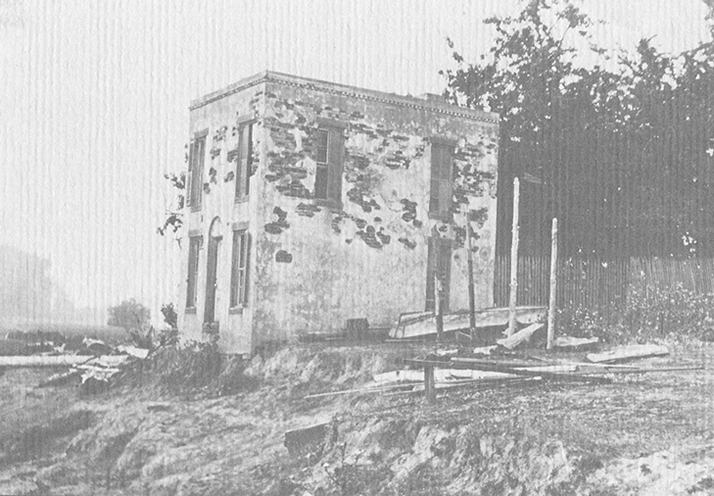 |
|||||||||||||||||||||||||
James John's brick store. Note ferry boat next to building. |
|||||||||||||||||||||||||
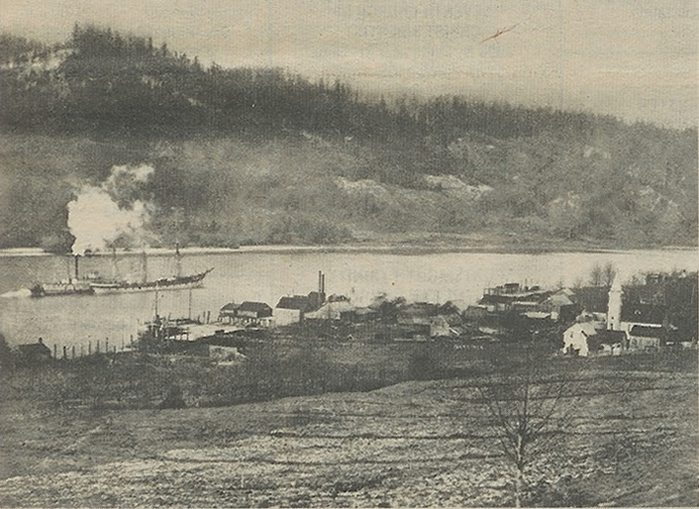 |
|||||||||||||||||||||||||
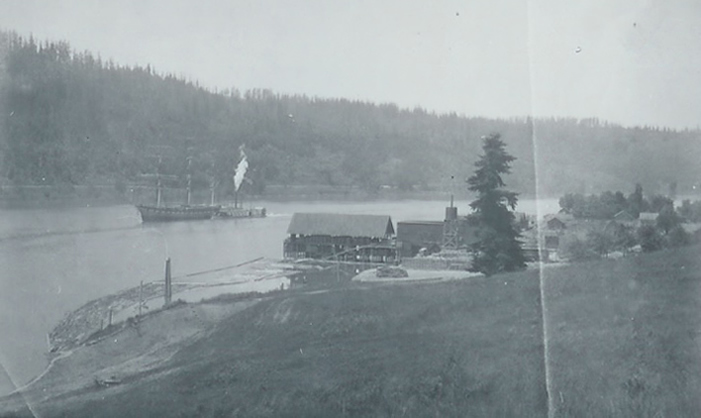 |
|||||||||||||||||||||||||
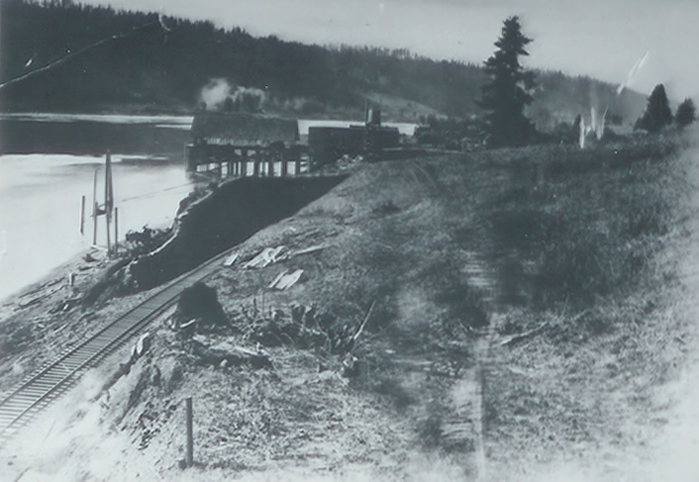 |
|||||||||||||||||||||||||
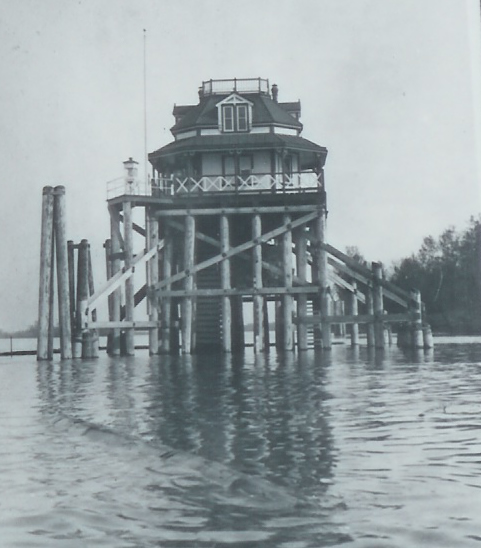 |
|||||||||||||||||||||||||
Light House at the Junction of Columbia and Willamette Rivers.
|
|||||||||||||||||||||||||
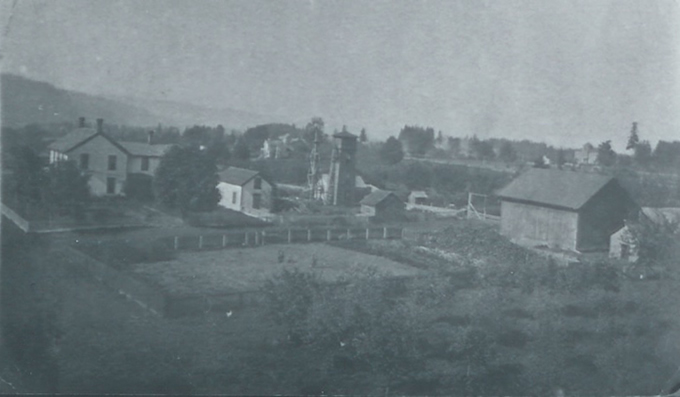 |
|||||||||||||||||||||||||
<<<Note school house also appears in the two photo's below
|
|||||||||||||||||||||||||
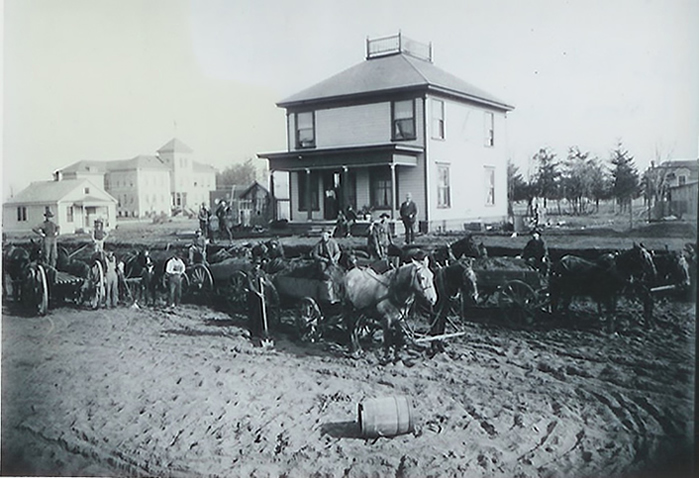 |
|||||||||||||||||||||||||
Photo taken February 22, 1907 . The working crew: Howard Gee, son, N.A. Gee, father, James Gee, son. |
|||||||||||||||||||||||||
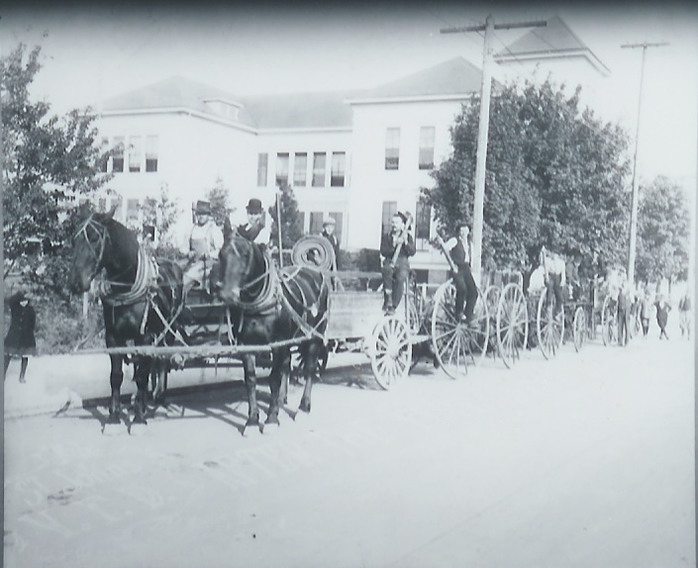 |
|||||||||||||||||||||||||
|
|||||||||||||||||||||||||
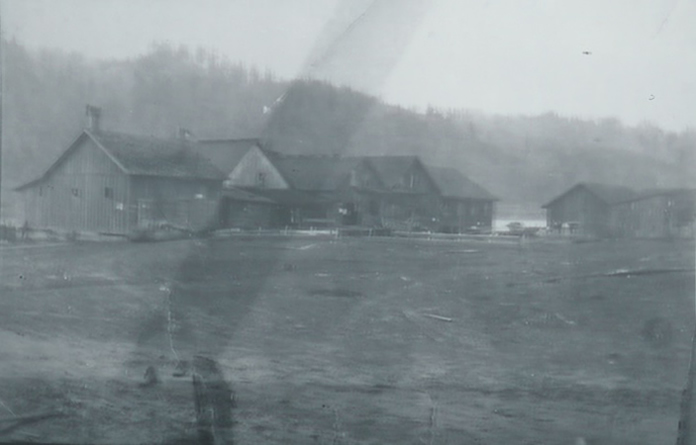 |
|||||||||||||||||||||||||
|
|||||||||||||||||||||||||
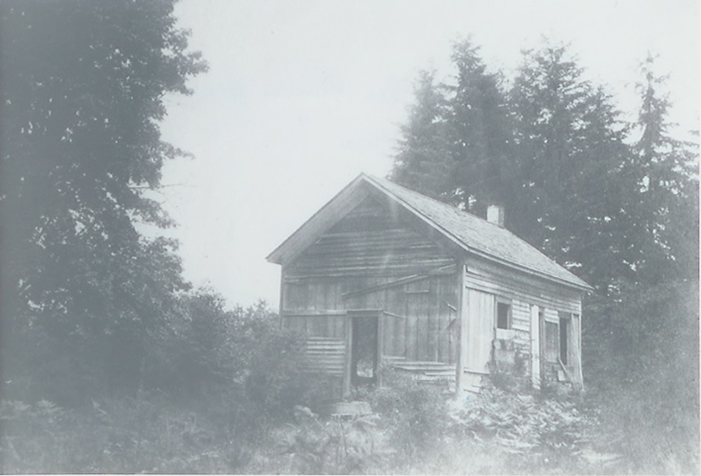 |
|||||||||||||||||||||||||
"Old (homesteader's) cabin" on the Minor Tract, circa 1900. |
|||||||||||||||||||||||||
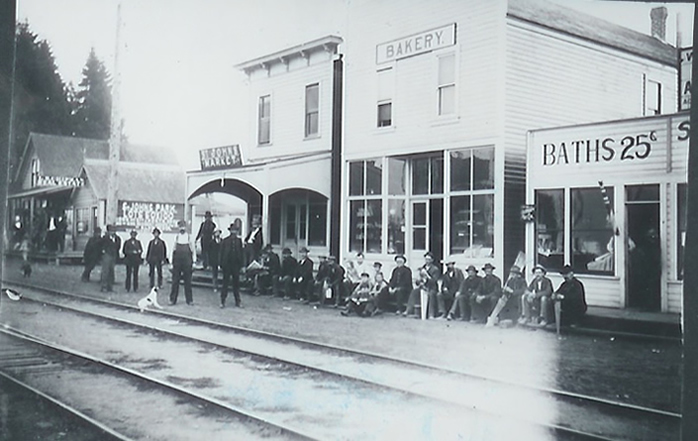 |
|||||||||||||||||||||||||
North Jersey street not far from the St. Johns Hardware store. Circa 1900 / 1902 |
|||||||||||||||||||||||||
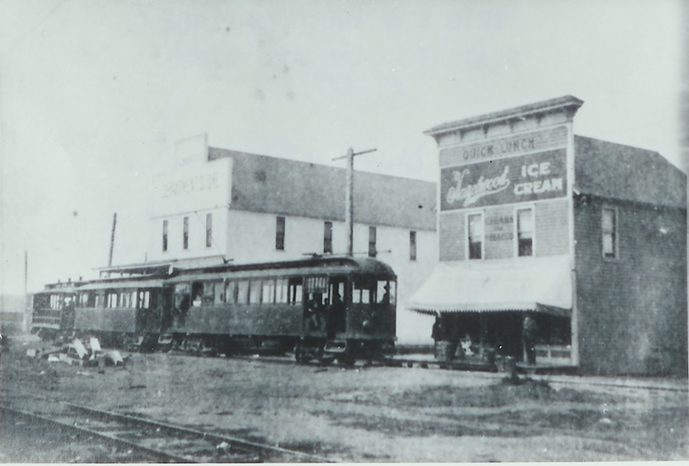 |
|||||||||||||||||||||||||
Bickner's Department Store and Quick Lunch Store (burned down in 1905). Hazelwood is brand name - not name of owner. Photo believed to show first "electric" trolley in St. Johns. Photo taken January 8, 1903. The John T Labbe collection. |
|||||||||||||||||||||||||
Bonham and Currier Building circa 1905 on North Jersey St. Note that the building is shared at this time with a confectionary / soft drink store and a billiard parlor. A transfer company is down the way on Burlington Ave. Photo courtesy of Katherine Bonham Oswald. |
|||||||||||||||||||||||||
Bonham and Currier Building circa 1908. First National Bank is to the right. |
|||||||||||||||||||||||||
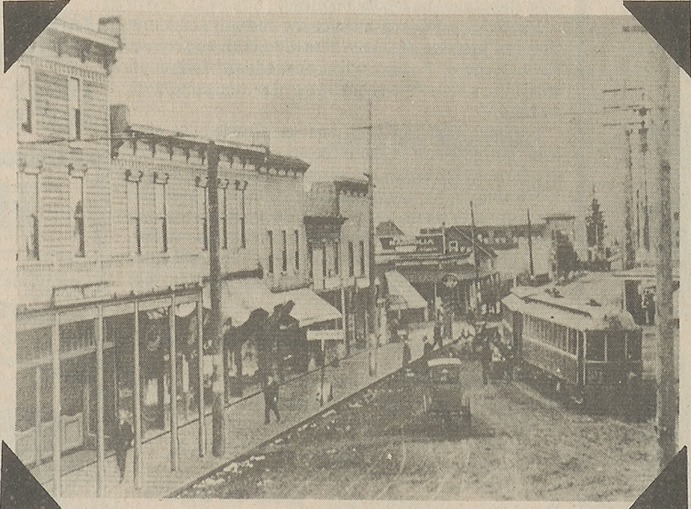 |
|||||||||||||||||||||||||
View toward northwest of North Jersey St. from North Philadelphia Ave. St. Johns Hardware is just out of sight on the far right. Photograph taken in 1908. The Don McGill collection - Oregon Historical Society photo. |
|||||||||||||||||||||||||
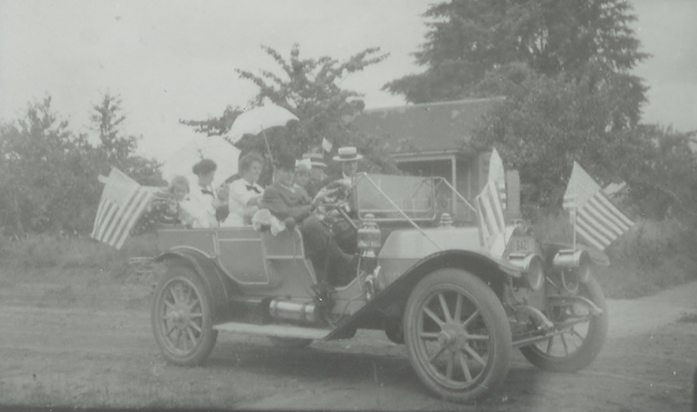 |
|||||||||||||||||||||||||
1911 St. Johns Parade. Percy Douglass is the owner / driver of this Glide automobile. |
|||||||||||||||||||||||||
|
|||||||||||||||||||||||||
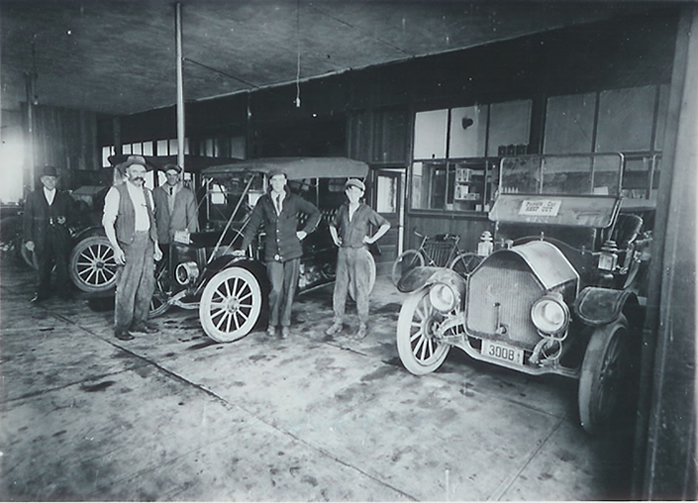 |
|||||||||||||||||||||||||
Winford H. Ball's garage on Burlington Ave., across from St. Johns City Hall. Photo taken in 1912 based on licence plate of car. Note "Private Car - Keep Off" sign. |
|||||||||||||||||||||||||
|
|||||||||||||||||||||||||
Looking toward the St. Johns City Hall (on the left). A man is receiving a shoe shine just down the sidewalk, under the awning. Trolley tracks are in the foreground. |
|||||||||||||||||||||||||
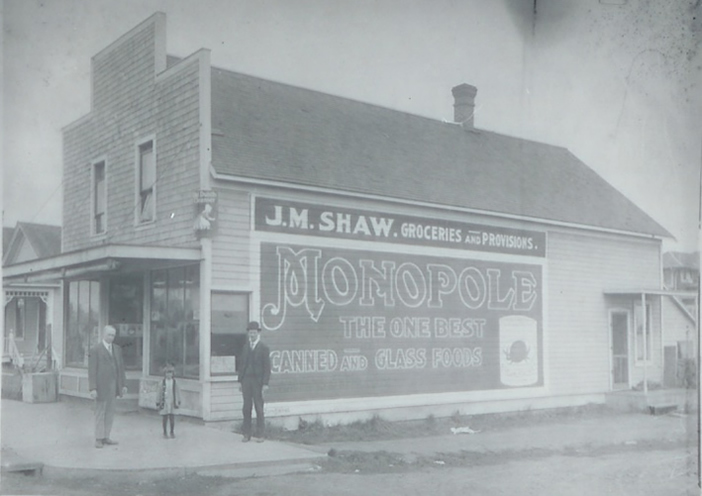 |
|||||||||||||||||||||||||
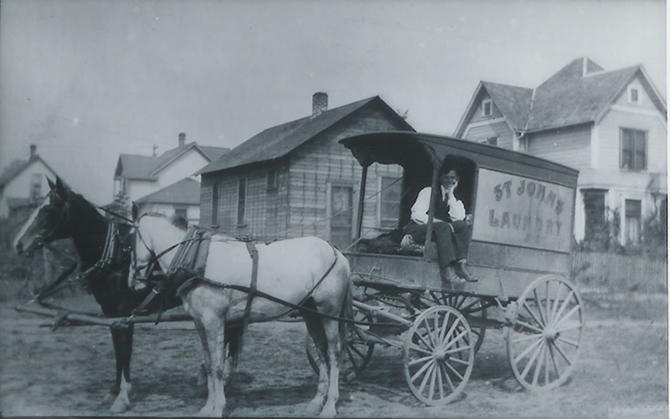 |
|||||||||||||||||||||||||
Horse rings were once a common site in St. Johns. |
|||||||||||||||||||||||||
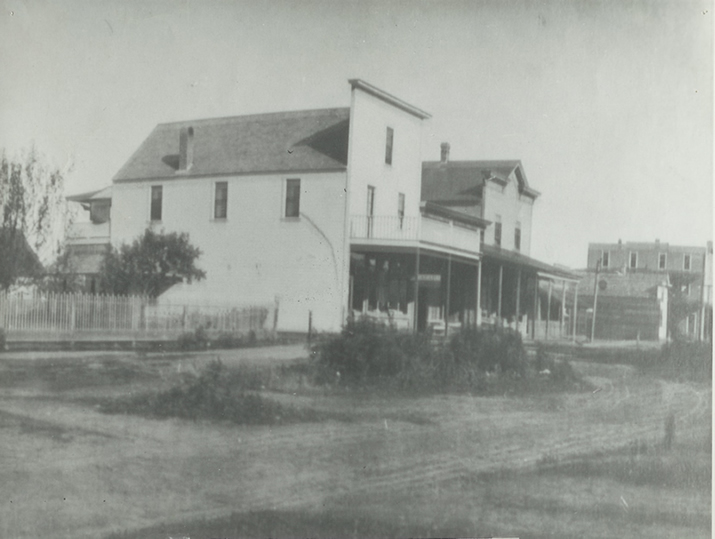 |
|||||||||||||||||||||||||
Store of K.C. Couch on Philadelphia Avenue at the corner of Ivanhoe Street circa 1906. |
|||||||||||||||||||||||||
Thank you for visiting Positive Spin!
|
|||||||||||||||||||||||||